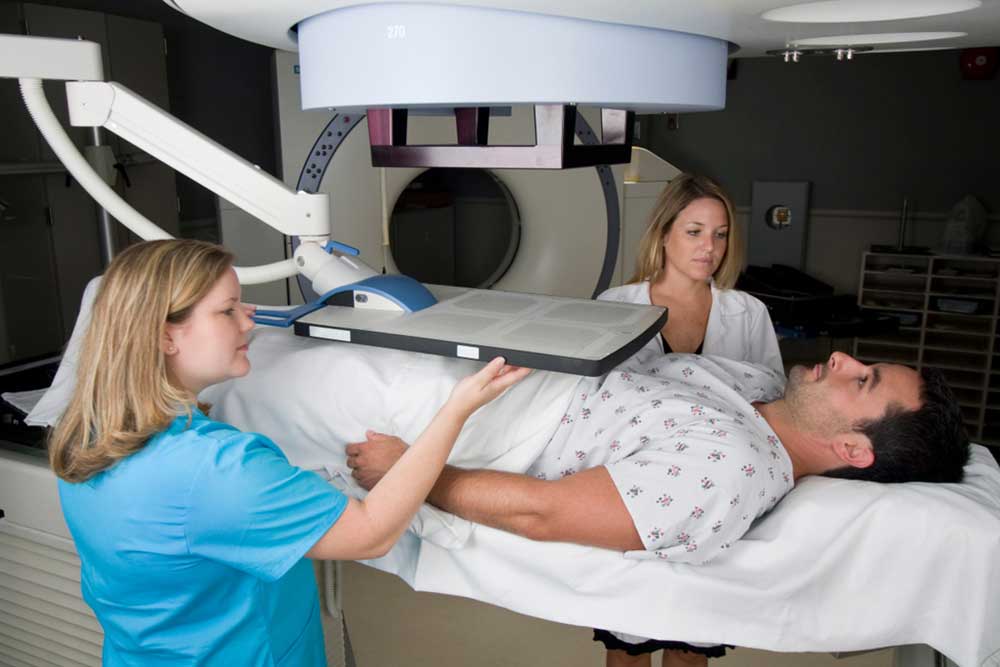Comprehensive Overview of Medullary Breast Carcinoma
This detailed overview explores medullary breast carcinoma, highlighting its rarity, unique features, symptoms, diagnostic methods, and treatment options. Despite its aggressive cellular behavior, patients often have a better prognosis with effective treatment. Understanding this cancer type can aid early detection and improve outcomes. The article emphasizes the importance of expert diagnosis and comprehensive care for better survival rates in affected individuals.

Comprehensive Overview of Medullary Breast Carcinoma
Medullary breast carcinoma is an uncommon form of breast cancer with a generally favorable outlook. Here’s what you need to understand about this disease.
Like many other breast cancers, early-stage medullary carcinoma often shows no noticeable symptoms. This very rare subtype accounts for roughly 5% of all breast cancer diagnoses. Fortunately, patients with this type tend to have higher survival rates and a better prognosis compared to other breast cancers. If diagnosed, it’s important to know about symptoms, diagnostic procedures, and treatment options.
What exactly is medullary breast carcinoma?
Medullary breast carcinoma is a rare invasive type originating from the milk ducts. A significant risk factor is a genetic mutation called BRCA-1, increasing the likelihood of developing this cancer. Similar to other ductal carcinomas, it begins within the milk ducts and can spread to nearby tissues. The term “medullary” derives from the appearance of the tumor tissue, resembling the soft, gray matter of the brain’s medulla.
How does medullary carcinoma differ from other breast cancers?
Compared to typical ductal cancers, medullary tumors are generally smaller, around 2 centimeters. Despite their size, the cancer cells are high-grade, meaning they look abnormal and divide rapidly. These are triple-negative tumors, testing negative for estrogen, progesterone, and HER2 receptors.
Despite being more aggressive, medullary carcinoma often has a better outlook because it rarely spreads to lymph nodes and responds well to treatments. These factors contribute to higher survival rates compared to other ductal cancers.
What are the common symptoms?
This cancer might not show early signs, but some indicators include a small lump less than 2cm, which may feel soft or firm. Other symptoms include swelling, pain, redness, or tenderness in the breast area.
How is medullary carcinoma diagnosed?
Routine imaging like mammograms and ultrasounds may not always detect it effectively. Often, detection occurs during self-exams or routine check-ups. The definitive diagnosis is made through a biopsy, where tissue samples are microscopic examined. Confirming medullary carcinoma requires experienced pathologists, so a second opinion is advisable after diagnosis.
What treatment options and prognosis are available?
Patients have a high 1-year survival rate of approximately 92%, making early treatment crucial. Treatments include lumpectomy or mastectomy, often combined with chemotherapy and radiation therapy. Since the tumor tends to be localized and responds well to treatment, prognosis is generally favorable despite the aggressive nature of the cells.








